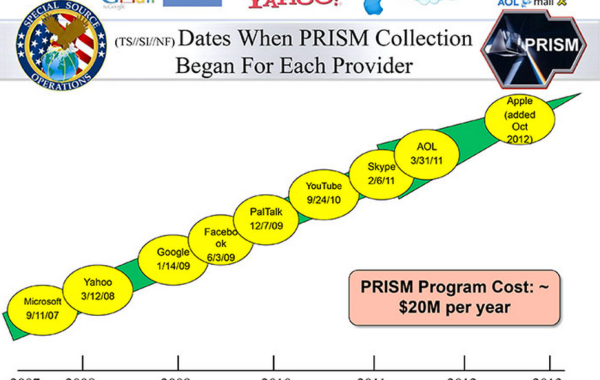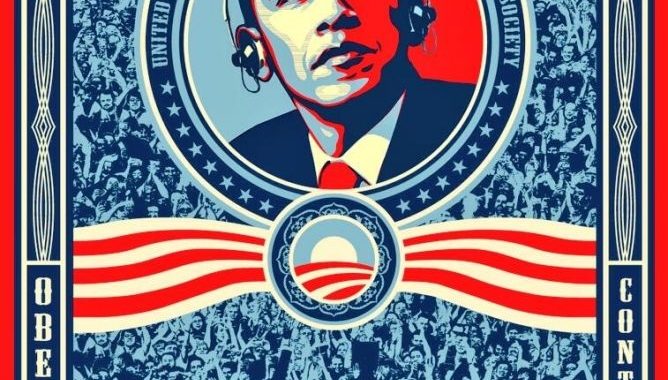Author Archive: Daniel Fishman
The sharps and flats of the music business
Recording Interviews using Skype and Audio Hijack Pro for Mac
 A good tutorial on setting up Skype and Audio Hijack Pro to record telephone interviews. Includes detailed port forwarding to eliminate use of super-nodes and practical stereo channel setup for easy post processing. By Doug Kaye and Paul Figgiani on Slideshare.
A good tutorial on setting up Skype and Audio Hijack Pro to record telephone interviews. Includes detailed port forwarding to eliminate use of super-nodes and practical stereo channel setup for easy post processing. By Doug Kaye and Paul Figgiani on Slideshare.
How Microsoft handed the NSA access to encrypted messages
• Secret files show scale of Silicon Valley co-operation on Prism
• Outlook.com encryption unlocked even before official launch
• Skype worked to enable Prism collection of video calls
• Company says it is legally compelled to comply
By Glenn Greenwald, Ewen MacAskill, Laura Poitras, Spencer Ackerman and Dominic Rushe
Read on theGuardian site.
http://www.theguardian.com/world/2013/jul/11/microsoft-nsa-collaboration-user-data
In Depth Review: New NSA Documents Expose How Americans Can Be Spied on Without A Warrant
Celebrate July 4th and the 4th Amendment with this EFF article about the recently released NSA documents.
Flickr.com Enhances Free Accounts
The photo sharing site Flickr.com has enhanced their free account to include 1 TB of storage and full resolution uploads. Previously, only the $30/year Pro account offered full resolution as well as unlimited storage. While 1TB isn’t unlimited it will cover most family picture needs. Current high resolution DSLR cameras output .jpg files of about 8MB.per picture. A 1TB storage limit would handle about 125,000 photographs Assuming you take, on average, 100 pictures each week, it would take 24 years to reach the !TB limit. While not the most convenient site for casual sharing, it is a great way to archive your digital photos.
U.S. Congress Tackles Problems that Don’t Yet Exist
Why try to hammer out solutions to problems such as gun violence, immigration, healthcare costs and jobs when the country faces the threat of Google Glass. While unable to find bipartisan solutions to anything real, Congress is demanding answers from Google about the  potential dangers from Google Glass – a product that has not been released. The letter to Google CEO Larry Page – see full letter below – requests that Google reply by June 14, 2013 with solutions to problems created by what the not-yet released device’s not-yet known features might do. If they are sincerely concerned about privacy then they might want to start with some products that are actually being sold by the thousands that do exactly what they seem to be concerned about.
potential dangers from Google Glass – a product that has not been released. The letter to Google CEO Larry Page – see full letter below – requests that Google reply by June 14, 2013 with solutions to problems created by what the not-yet released device’s not-yet known features might do. If they are sincerely concerned about privacy then they might want to start with some products that are actually being sold by the thousands that do exactly what they seem to be concerned about.
They may wish to start with the Cellebrite UFED Touch, a device which can extract, decrypt, parse and analyze phonebook contacts, multimedia content, SMS and MMS messages, call logs, electronic serial numbers (ESN), International Mobile Equipment Identity (IMEI) and SIM location information. Some features do not require a physical connection to the device. Or instead of worrying about “what if” Google Glass might one day do facial recognition, Congress may wish to think of the privacy implications of real devices that actually do it today such as the BI2 Technologies MORIS™ a handheld biometric device based on the iPhone that can recognize and identify people based on iris, face, or fingerprint.
Space Tree Video – Medium Troy
Change to full screen mode on lower right and select HD for best experience.
Jennifer Ferro Dumnps Harry Shearer for TED
Some relationships endure; some end. I’ve just finished celebrating the 20th anniversary of my wedding to Judith Owen. We’re staying together.
On the other hand, Le Show is leaving KCRW Radio. Not of my volition.
On Monday, April 15, I had an Income Tax Day to remember. I was invited to hear a “proposal” from the general manager of KCRW. The proposal was, in fact, a notice of a fait accompli. Le Show was being canceled from the airwaves–something I had suspected might be the nature of the proposal, but the surprise was the timing: “effective immediately”.
Thus does public radio, in one more small way, come to resemble ever more closely commercial radio’s way of doing business In fairness, KCRW gave me a weekly hour for nearly 30 years, and our deal was simple: they got my program for free, and they left me completely alone. That deal is over.
Le Show will continue to air on the many wonderful affiliated radio stations around the country, and on our outlets overseas. It will continue as a podcast, as well. And I’m in the process of seeking an alternative broadcast outlet in Los Angeles.
Harry Shearer dropped by KCRW-FM after a 30-year run By Lee Margulies LA Times
KCRW gets 'Le Show' off the road as part of new strategy By Steve Carney LA Times
"Drivers, the poor and the elderly — who wants that audience? Well, gee, I do!" Shearer said while opening his show Sunday
Interview: Harry Shearer on 'Le Show' being taken off the air in Los Angeles (audio)
“I got a message that the general manager wanted to discuss a ‘proposal’ with me,” Shearer said. "I understand broadcast speak to know that that wasn’t, ‘will you marry me?’
Le Show Host Harry Shearer Moves On LOS ANGELES MAGAZINE
http://harryshearer.com/

